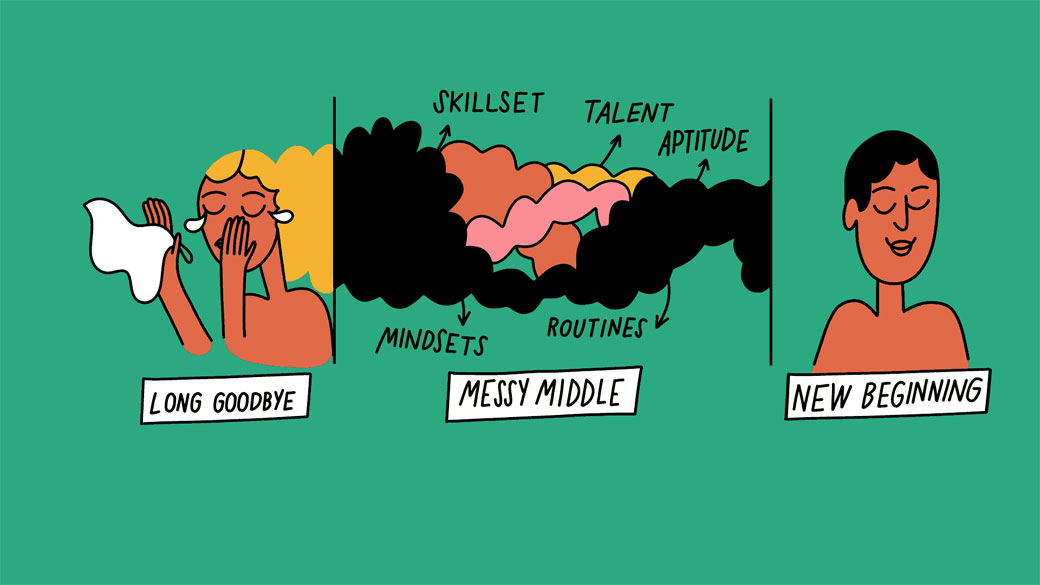Recently I had the opportunity to sit down for a Q&A with Bruce Feiler, a Ted Talk veteran and seven-time bestselling author, who most recently wrote Life is in the Transitions, a guidebook for navigating the times when our lives pivot dramatically. You can find out more about Bruce from his website, brucefeiler.com. Here’s our chat:
NE: Why did you write “Life is in the Transitions?”
BF: We’re all experiencing a crush of change that’s nearly overwhelming. A few years ago, I got consumed by a back-to-back-to-back set of disruptive life experiences. First, I was diagnosed with a life-threatening cancer. That gave birth to The Council of Dads, both the book and the NBC series. Then I almost went bankrupt. Then my father, who was suffering from Parkinson’s, tried to kill himself. In the midst of that, I started sending my dad questions about his life. This went on for years, until he had written an autobiography.
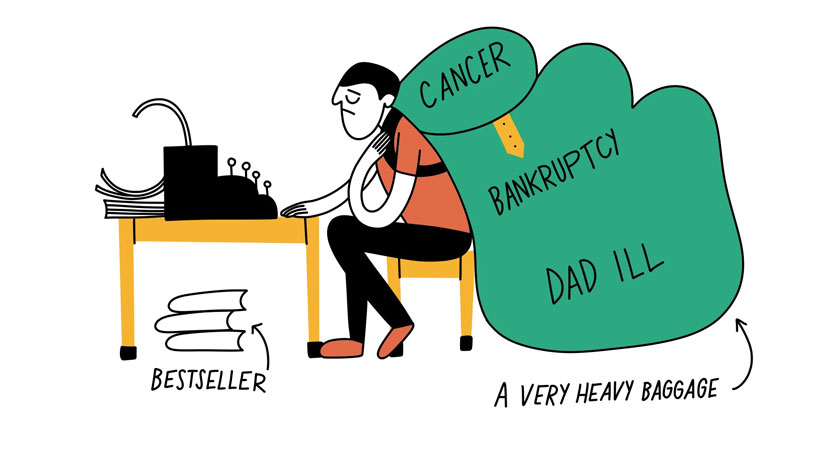
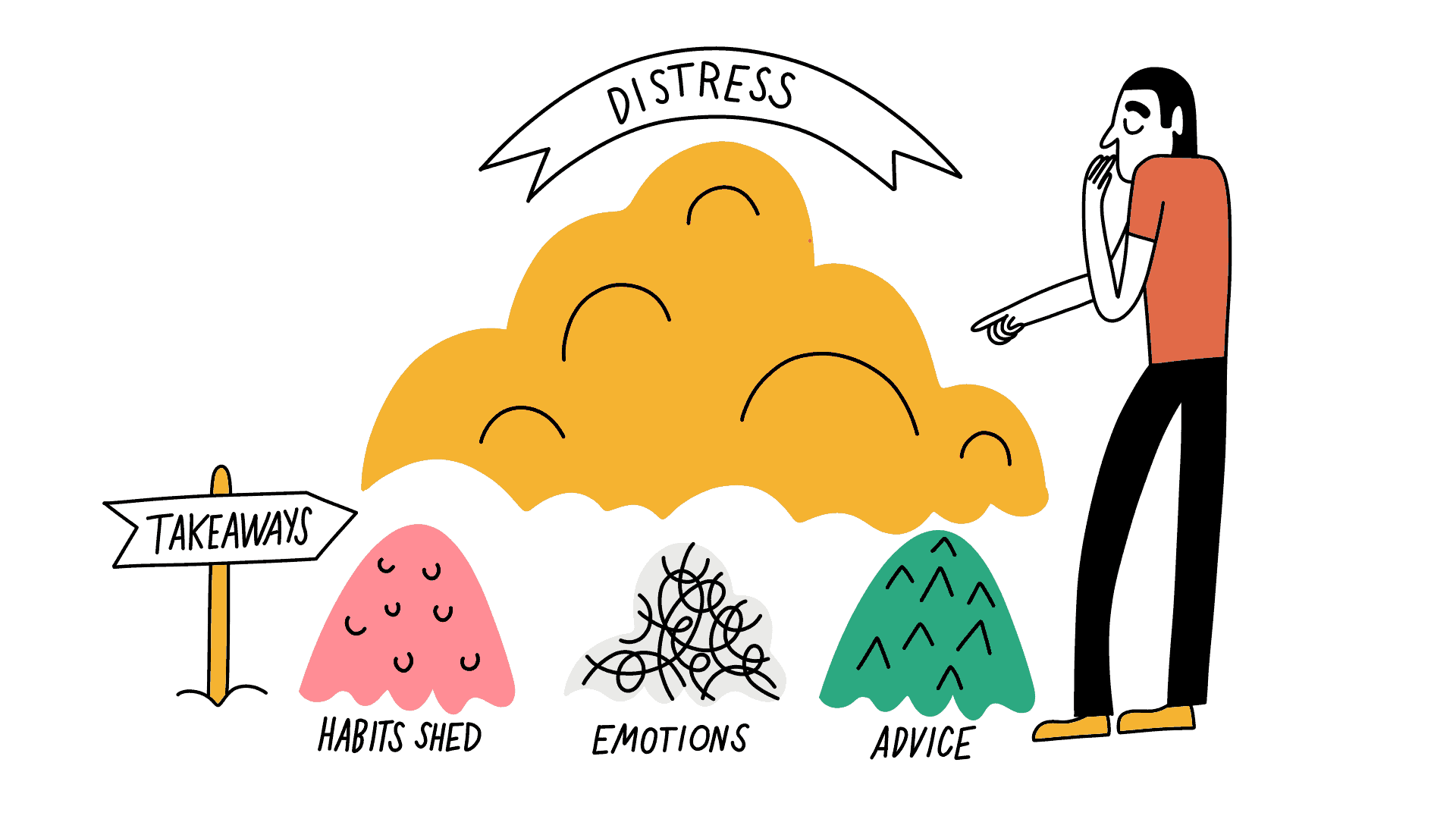
NE: What lessons should people take away from your book regarding how they should design their own behavior or the behavior of others?
BF: The big idea of my book is that expectation for how we should behave and how we should approach our lives is outdated. There are three big parts of this:
1) The linear life is dead. Americans have been told for decades that our lives will follow predictable, linear paths interrupted by periodic “crises” on birthdays that end in zero. The backbone of this paradigm was a series of carefully calibrated progressions—from dating to marriage to children to empty nest; from low-level job to mid-level job to senior-level job to retirement. Today that idea is preposterously behind the times. We no longer expect to have just one job, one relationship, one spirituality, one sexuality, one source of happiness from adolescence to assisted living.
2) This linear life has been replaced by a new paradigm—the nonlinear life—in which each of us experiences our life as a complex swirl of celebrations, setbacks, triumphs, and rebirths across the full span of our years.
3) The nonlinear life comes with a greater number of life transitions–three to five spread across our adult lives.
At its simplest, a life transition is the way humans cope with these periods of change. When we get hit by a major life disruption, we often freeze with indecision and fear. The life transition is how we get out unfrozen and move into a period of reinvention and renewal. My book offers the first new toolkit for navigating life transitions in 50 years.
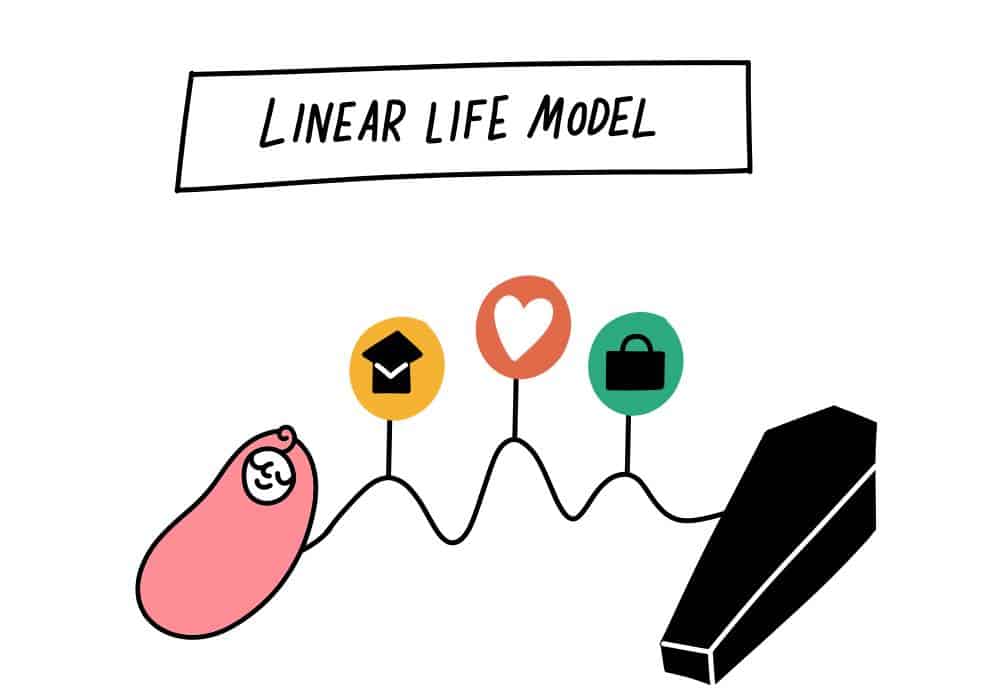
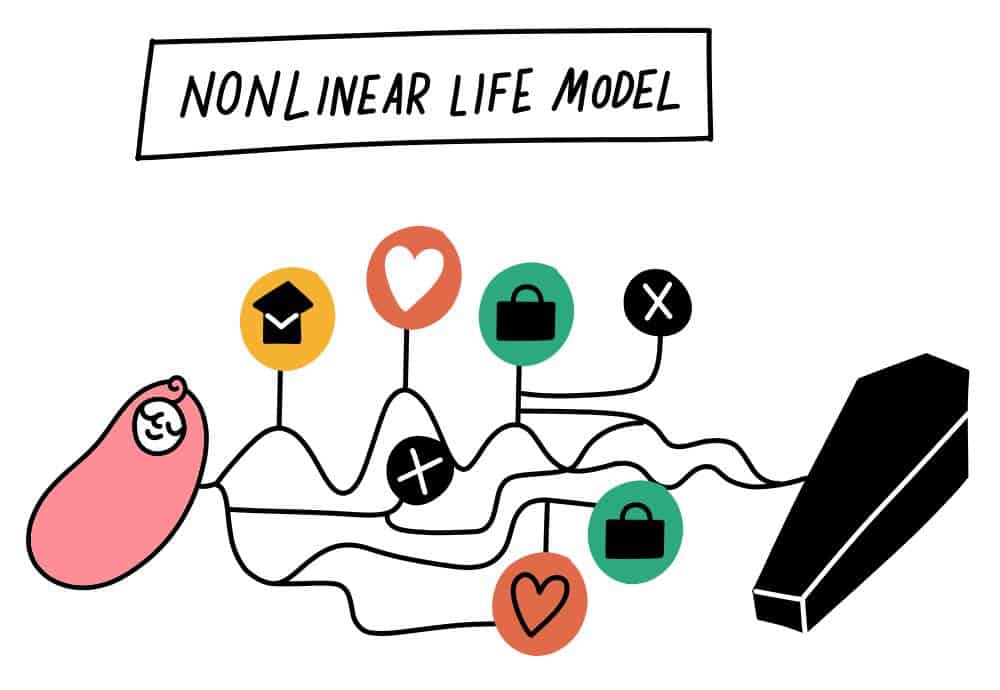
NE: What’s one thing you believe that most people would disagree with?
BF: There’s no such thing as a midlife crisis.
The idea of the “midlife crisis” was first articulated by a psychoanalyst named Elliott Jaques in 1957. He claimed that people in their mid-30s go through a depressive period brought on by first contemplating their mortality. Jaques didn’t do any research; he just read a bunch of biographies of famous men. He didn’t include women, he said, because menopause “obscured” their midlife transitions.
When Gail Sheehy popularized the idea in the 70s, based primarily on some very iffy research by Dan Levinson at Yale (he interviewed only 40 people, and again only men), she said the midlife crisis must start in the 40th year and will end at 45 ½.
This is all bunk. My research shows that we suffer a series of three to five lifequakes, as I call them, all across our lives. These could be medical issues, career shifts, change in sexual practices, as well as divorce, social movements like #MeToo or #BlackLiveMatter, or external events like a tornado, a financial crisis, a downsizing, or a pandemic. Some of these are voluntary, others are involuntary.
What’s your most important good habit or routine?
BF: When you’re stuck, try something new.
My research found that transitions involve three phases – what I call the long goodbye, the messy middle, and the new beginning. In the long goodbye, we confront our emotions and turn to rituals to put our past behind us. In the new beginning, we unveil our new selves and update our personal story. But the messy middle is the hard one for most people. We shed certain habits: mindsets, routines, delusions, dreams. Also we create things: new attitudes, aptitudes, skills, talents.
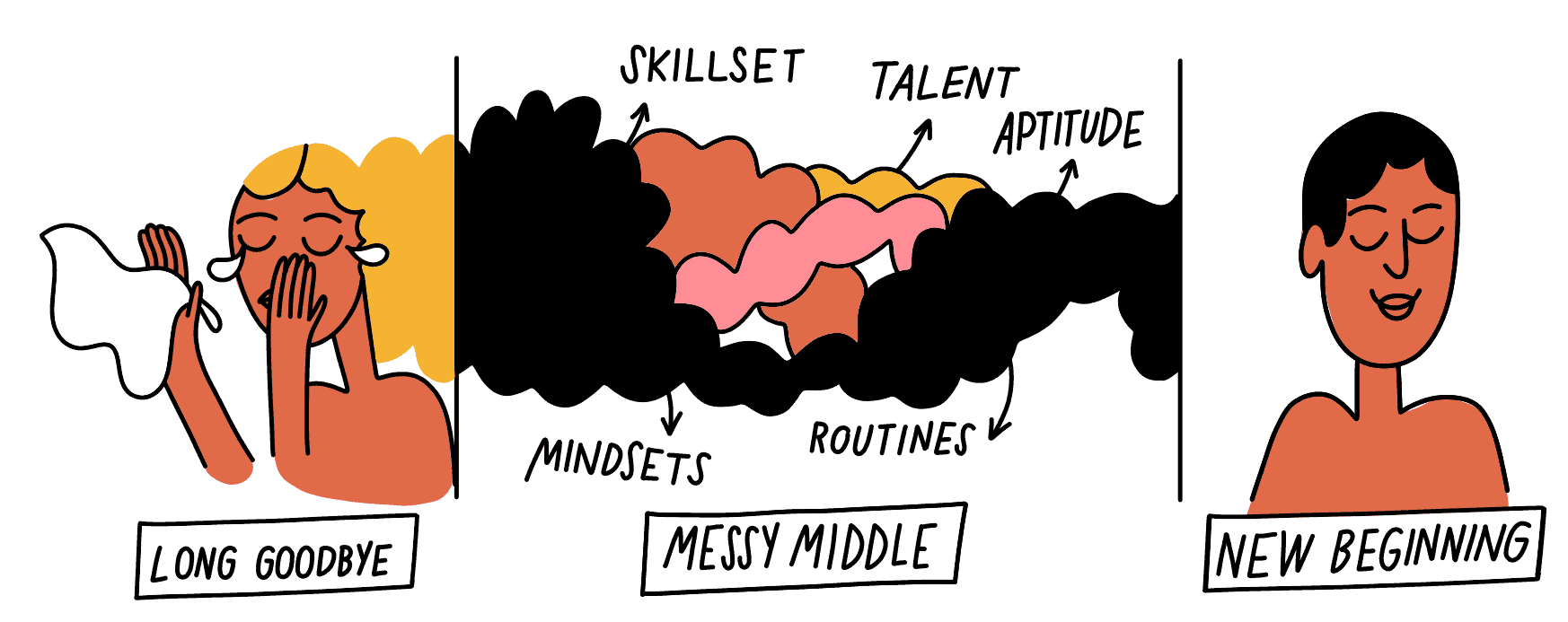
What’s the most important takeaway you want people to remember after reading this book?
BF: Transitions are essential to life. The single most powerful idea that emerged from years of listening to life stories is that all of us go through tumultuous periods—and not just once or twice, but multiple times in our lives. As long as we have to do all this heartrending and heart-mending, along with the rebalancing of sources of meaning that comes with it, why don’t we spend more time trying to master them?
William James said it best a century ago: “Life is in the transitions. We can’t ignore these central times of life; we can’t wish or will them away. We have to accept them, name them, mark them, share them, and eventually convert them into fuel for remaking our life stories.”
If you found this interview interesting, you might also like other articles on my site about introspection and motivation. What about you? In what ways did major life transitions change you? What helped you get through them?
Thanks to Fru Pinter for the illustrations and Nick Gray for the referral.
Related Articles
- Schedule Maker: a Google Sheet to Plan Your Week
- Habit Tracker Template in Google Sheets
- The Ultimate Core Values List: Your Guide to Personal Growth
- Timeboxing: Why It Works and How to Get Started in 2024
- An Illustrated Guide to the 4 Types of Liars
- Hyperbolic Discounting: Why You Make Terrible Life Choices
- Happiness Hack: This One Ritual Made Me Much Happier
